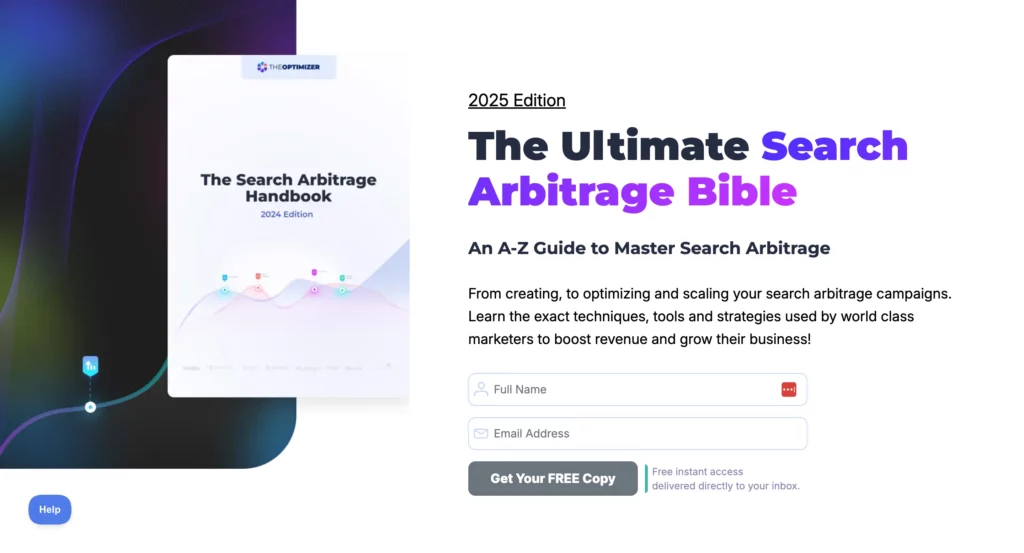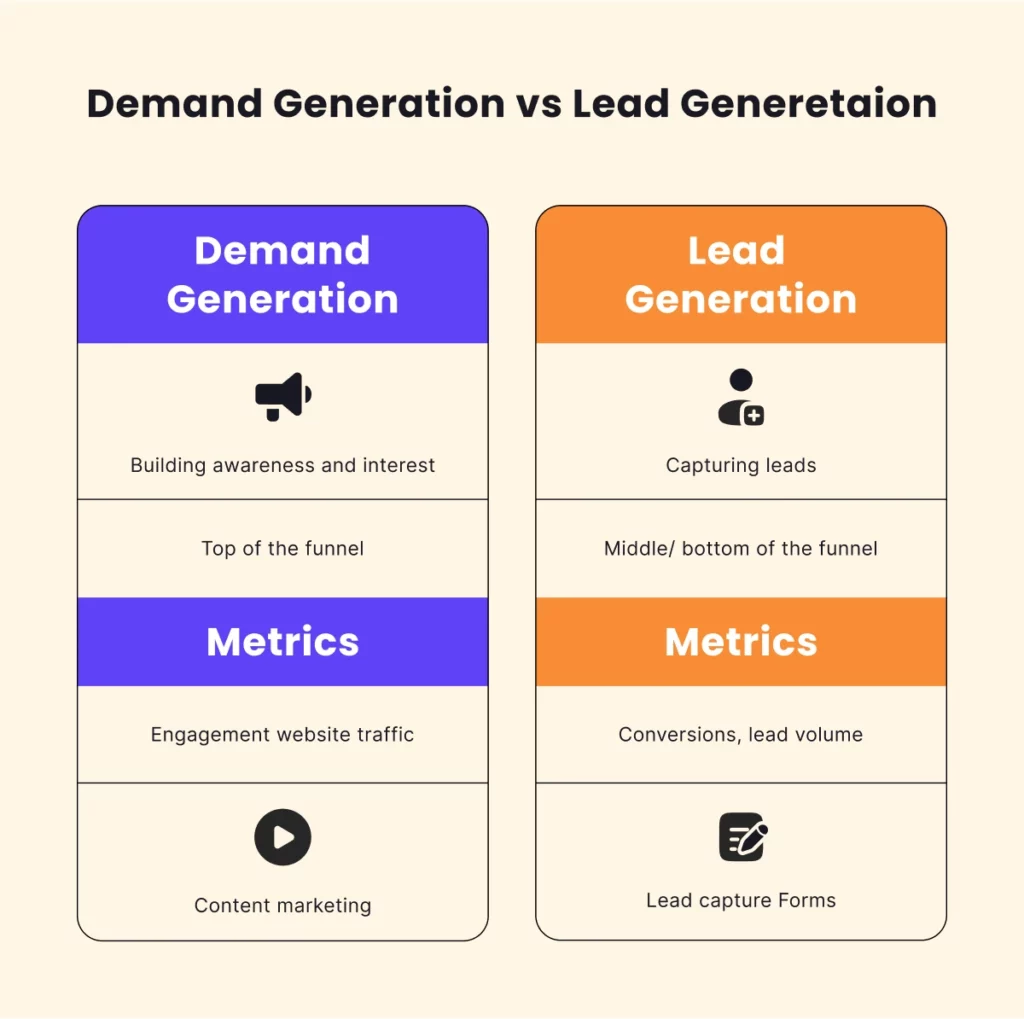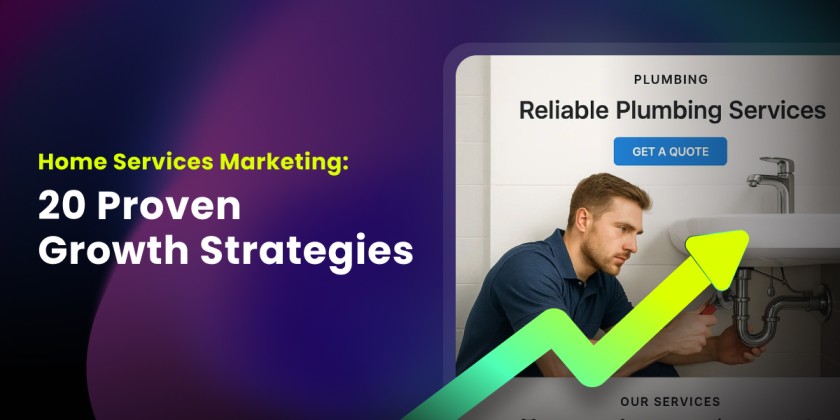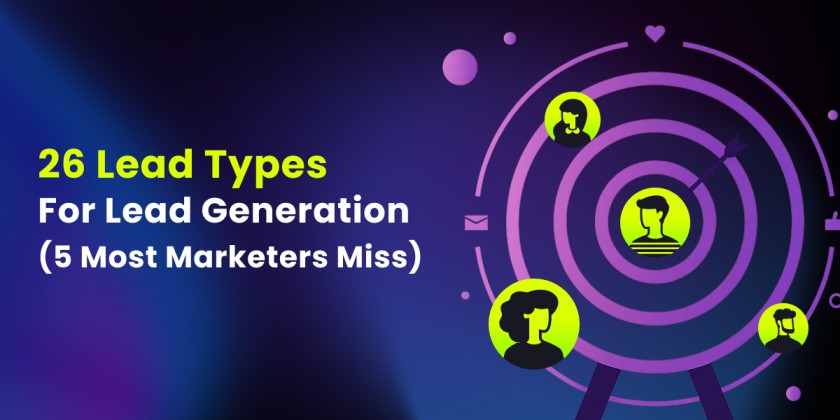Ever poured hours into content only to see zero leads? Or run lead gen campaigns that flop because no one knows who you are? That gap between demand generation and lead generation costs you revenue.
You’re not alone if you’ve wondered whether you should focus on creating awareness or capturing leads. Understanding the key differences between these two strategies is critical for crafting a marketing plan that works.
Let’s break it down, illustrate with real-world examples, and show you how to implement both methods. Let’s dive into demand generation vs lead generation.
Jump to Section
What is Demand Generation?
Demand generation is basically the process of creating interest and awareness for your product or service among people who might eventually become customers.
It is something that happens over time and is intended to impel awareness, generate interest, and teach a group of people who may not even know that they need your product.
Let’s think of demand generation like planting seeds, you’re hoping to seed awareness and interest in the long term, building a relationship with your target audience until they’re ready to act.
What You Need to Know About Demand Generation
Priority: Creating awareness and driving an audience that includes many people, even those who are not yet aware of your business.
Stage: It’s an upper-funnel play, reaching out to prospects at the awareness and interest stages.
Metrics: Social interactions, views of content, website traffic, and level of engagement.
Demand generation is not about calling for the sales to happen. It is about being a long-term presence in the audience’s mind, learning to them, and generating interest until they are about to convert.
Real-Life Example of Demand Generation:
HubSpot’s Inbound Marketing
One of the most well-known examples of demand generation is HubSpot. They don’t only market their marketing platform. Instead, they give away a range of free tools, educational materials, and e-courses, such as “How to Create a Marketing Strategy” or “SEO for Beginners.”
By making this valuable information available, HubSpot is building trust with potential buyers and educating them before they consider purchasing the platform.
If you say the word HubSpot, you’re not just thinking of a piece of software. You’re thinking of a business that’s taught you how to expand your business, and that’s how they create demand in the long run.
Spotify’s Podcast Campaigns: Another Example
Spotify has also been successful at generating demand. It sponsors trending podcasts, uses music discovery ads, and generates awareness about its service via content partnerships.
For instance, they can partner with a trending true-crime podcast to sponsor the episodes and introduce new users to their music service.
Although such campaigns are not overtly nudging users to subscribe immediately, they generate awareness and interest, resulting in long-term utilization.
Why Demand Generation is Important
If you are launching a new product or a new market, you require demand generation. Why?
- Helps You Establish Authority: Educating your audience enables you to establish authority in your market. This, over time, gains credibility and trust.
- Builds Long-Term Relationships: Demand generation involves building long-term relationships with prospects, including those who are not ready to buy today.
- Opens the Door for Lead Generation: By having already informed and educated people, you’ve made lead generation easier because you’ve established value in the minds of potential customers.
How to Get Started with Demand Generation
- Content Strategy: Begin with informative content articles, tutorials, eBooks, and videos that provide answers to questions people have repeatedly asked about your company.
- SEO: Make your content search engine-friendly. When someone enters a topic related to your product into a search engine, your content will be delivered to them, and they will begin to create awareness.
- Social Media Campaigns: Use social media platforms to share content and interact with your audience in real time. Posting and engaging regularly is important.
When Should You Use Demand Generation?
Demand generation is perfect for when:
- You’re introducing a new product and need to build awareness.
- You want to educate your audience about your industry and position yourself as a thought leader.
- You’re looking for long-term growth by nurturing relationships over time.
Best Practices for Starting with Demand Generation
- Create Engaging Content: Craft blogs, videos, and infographics that explain your product and provide value to your audience.
- Emphasize Education, Not Promotion: You aim to establish trust, not to drive sales.
- Use SEO and Social Media: Get organic traffic to your educational content.
What is Lead Generation?
By contrast, lead generation is simply gathering contact details from individuals who are already familiar with your product or brand and want to take the next step. The game plan is getting that interest to take action, fill out a form, sign up for a demo, or buy something.
Where demand generation is broad-casting, lead generation is about narrowing the field and catching the most likely converting leads.
What You Need to Know About Lead Generation
- Focus: Capturing specific prospects interested in your product or service.
- Stage: Lead generation tends to occur at the middle and bottom of the funnel, where prospects are nearer to making a purchase.
- Metrics: Lead captures, form submissions, conversion rates, and sales pipeline growth.
Lead generation focuses on converting that awareness into tangible outcomes, turning prospects into sales-ready leads.
Build Your Lead Gen Landing Page
Stop wasting traffic, start capturing leads. Use LanderLab to create high-converting pages that turn interest into qualified sales opportunities.
Real-Life Example of Lead Generation:
TheOptimizer’s Search Arbitrage Guide

One prime example of lead generation is TheOptimizer’s Search Arbitrage Guide. TheOptimizer does not just generate awareness; it gives a step-by-step guide to search arbitrage that interests users willing to learn about this specialized marketing technique. In return for sharing their email addresses, leads are given access to beneficial content outlining major strategies, tools, and tactics for success with search arbitrage.
This approach succeeds because TheOptimizer provides detailed insights that prospects are already seeking practical tips to gain trust and position the brand as an expert. Once downloaded, the guide captures prospects as leads.
Then, TheOptimizer can nurture them with email campaigns and other promotions that drive them towards conversion.
Rather than offering up a bite-sized tip or little freebie, TheOptimizer’s strategy presents full, actionable knowledge that fosters more lead relationships and maximizes the chances of conversion.
Another Example: LinkedIn’s Lead Gen Forms
LinkedIn has made it simple to generate leads with its Lead Gen Forms. A business can utilize these forms to capture the contact information of professionals who want to download an industry report or join a webinar.
LinkedIn simplifies lead capture on the site, and such leads can be pursued immediately via email or sales outreach.
This direct method enables companies to purchase warm leads already inclined toward particular products, such as B2B software solutions or consultancy services.
Demand Generation vs Lead Generation: Key Differences
| Aspect | Demand Generation | Lead Generation |
|---|---|---|
| Funnel Stage | Top of Funnel (Awareness & Interest) | Middle to Bottom Funnel (Consideration & Conversion) |
| Goal | Generate awareness and build long-term interest | Capture contact details and drive immediate action |
| Primary Tactics | Content marketing, SEO, webinars, podcast sponsorships | Landing pages, lead magnets, email opt-ins, PPC ads |
| Success Metrics | Website traffic, engagement, brand mentions, social shares | Form submissions, qualified leads, conversion rate |
| Timeline | Long-term brand building | Short-term lead capture |
When Should You Use Lead Generation?
Lead generation works best when:
- You’ve already raised awareness and now need to convert engaged prospects into leads.
- You’re looking for quick wins and want to fill your sales pipeline with ready-to-convert prospects.
- You want to gather contact details to nurture your leads into paying customers.
How to Optimize Your Lead Generation Strategy
- Use Landing Pages: Craft high-converting landing pages with clear CTAs offering free trials, demos, or valuable resources.
- Tap Into PPC Ads: Use paid advertisements to reach prospects who have consumed your content and are ready to take action.
- Nurture Through Email: After leads are caught, send specific emails to guide them further down the funnel.
Lead Generation Landing Page Example

How to Combine Demand Generation vs Lead Generation Strategies
The greatest marketing campaigns leverage lead generation and demand to move prospects through the entire funnel. Here’s why:
Begin with Demand Generation: Make people notice you and learn something. Make valuable content, perform social media marketing, and employ SEO to bring traffic to your site.
Proceed to Lead Generation: Once you have created interest, employ lead generation strategies to gather qualified leads. Provide something of value in return for their information.
Nurture and Convert: Utilize tailored email or retargeting advertisements to convert the leads into customers.
Conclusion: Why Demand Generation vs Lead Generation Both Matter
Successful marketing requires both demand generation and lead generation working together, not competing against each other.
Demand generation builds awareness and educates your market before buyers are ready to purchase. It creates qualified audiences who understand your value when they enter their buying cycle.
Lead generation converts that awareness into pipeline by capturing prospects who are ready to engage. It turns education into action.
The winning approach treats these as connected phases of one system. Use demand generation to establish market position and create educated prospects. Follow with lead generation to capture and convert those qualified audiences.
Measure both against revenue outcomes, not just activity metrics. Track how demand generation improves deal quality and how lead generation converts your created audiences.
Companies that dominate their markets don’t choose one over the other—they build integrated systems where both strategies amplify each other’s results.






